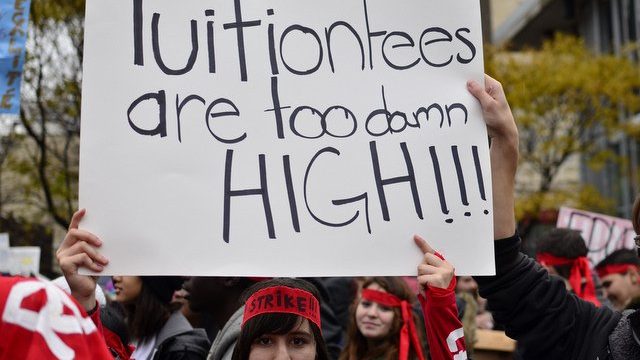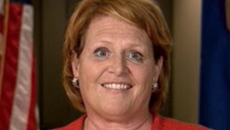Researchers Find "Minimal Relationship" Between Higher Ed Spending And Quality Of Education

Something to keep in mind the next time you hear a politician, or a higher education bureaucrat, talking about what we get in return for all of our “investment” in higher education.
Everyone knows there’s a reason the most expensive colleges in the country — generally private residential institutions — charge so much. The money they spend on hiring the best faculty members (full-timers of course) and on keeping student-faculty ratios low results in a higher-quality education. Right?
The crowd gathered here for a standing-room-only session at the annual meeting of the Association of American Colleges and Universities certainly wanted to believe. From a show of hands at the start of the session, the vast majority of attendees were administrators at those institutions. And the researchers who presented new data on the economics of liberal arts education threw cold water all over that conventional wisdom.
Research presented here by researchers from Wabash College — and based on national data sets — finds that there may be a minimal relationship between what colleges spend on education and the quality of the education students receive. Further, the research suggests that colleges that spend a fraction of what others do, and operate with much higher student-faculty ratios and greater use of part-time faculty members, may be succeeding educationally as well as their better-financed (and more prestigious) counterparts.
In short, spending more on higher education doesn’t necessarily result in better education. Which we can see here in North Dakota. This is the relationship relationship between growth in higher ed spending and growth in enrollment at North Dakota’s 11 campuses:

Ask yourself, has all that additional spending resulted in better education outcomes? You’re looking at a 150% growth in spending since 2003-05. Are the degrees our students getting 150% more valuable? No. Are the degrees costing the students less? Quite the opposite, tuition and fees have gone up significantly. Are more students graduating? Again, no. North Dakota’s four-year universities only graduate a little more than 1/5th of students in four years, and less than half in six. Two-year institutions are only a little better, with three-year graduation rates for two-year programs hovering at about 35%.
So what is all this increase in spending really buying us? More university employees, bigger pay, generous perks and larger campuses.
Is that really the sort of return on “investment” we’re looking for when we spend on higher education?







